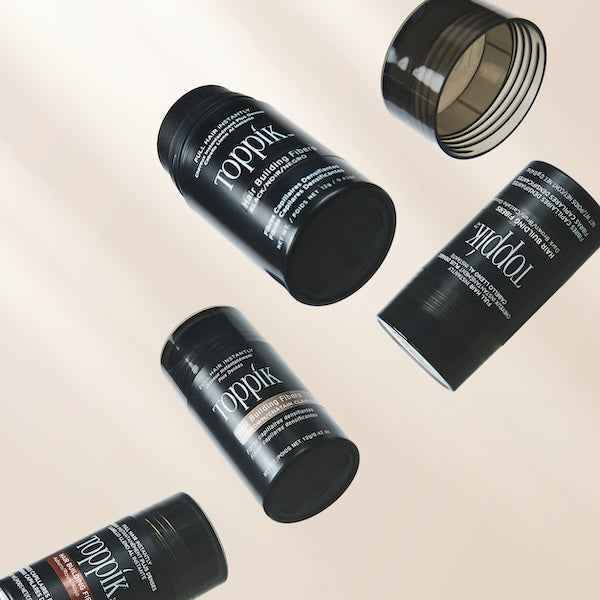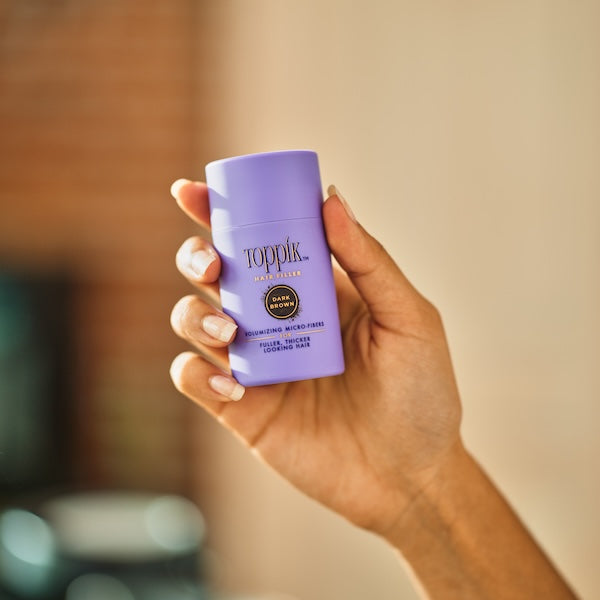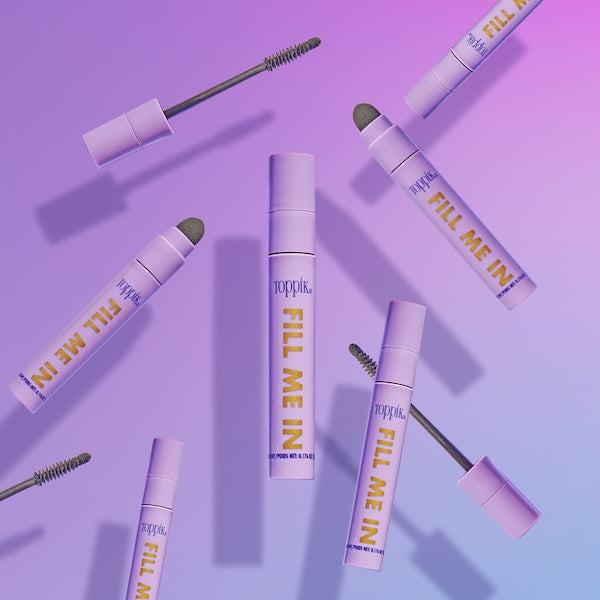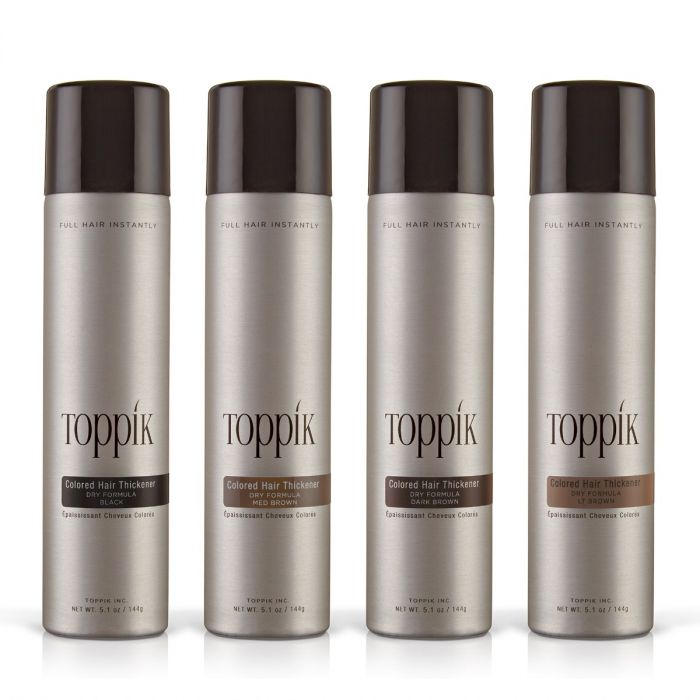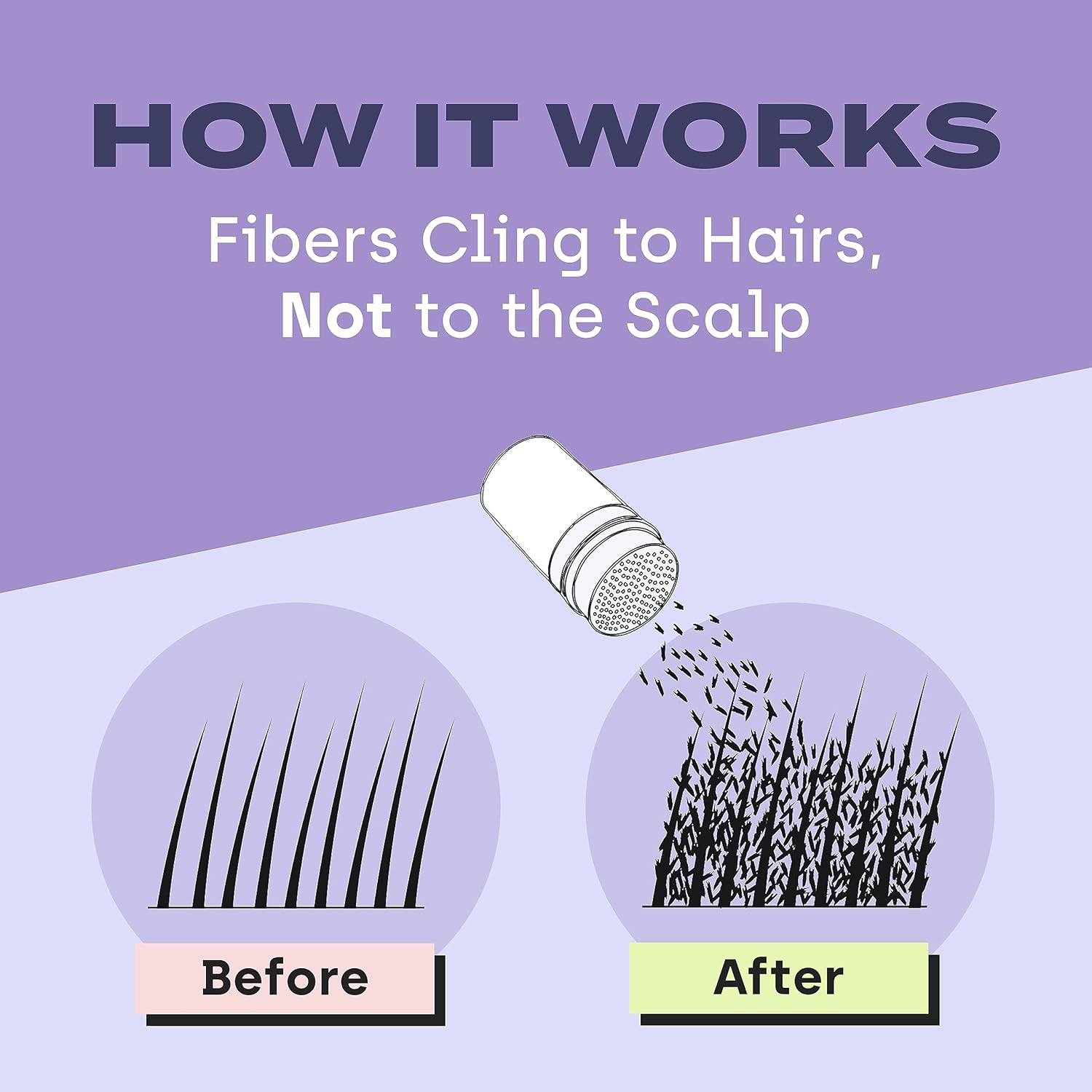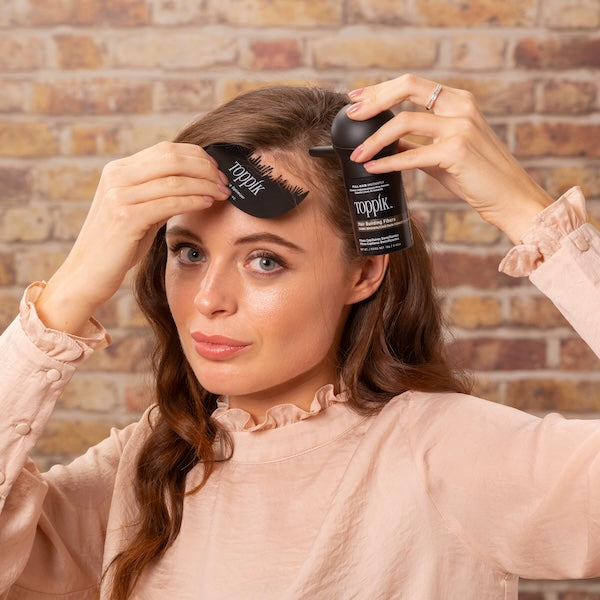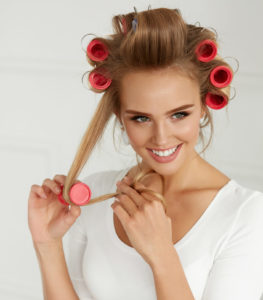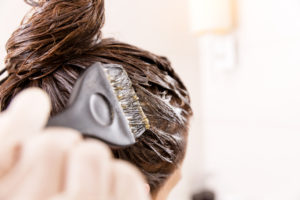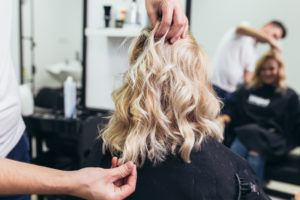We love how heat styling can transform our locks into bouncy waves, tight ringlets, or sleek strands. What we don’t like is that going overboard with the hot tools results in dry, frizzy, brittle hair. Keep reading to learn some easy tricks for styling while avoiding heat-damaged hair. If your hair is already heat-damaged, we also have you covered with tips on how to repair damaged hair, and get it back to shiny and healthy-looking.
How Heat Damage Happens
Anyone who uses hot tools can develop heat-damaged hair. However, women with textured, fine, or thin hair are more susceptible to heat damage. Too much heat can damage the keratin proteins that give hair its strength, zap moisture from the inside of the hair strand, and crack the cuticle (outside protective layer) of the hair. The result? Brittle, dry hair. High heat also can permanently damage the bonds of the hair strand, causing curly strands to wilt and lose their natural springy bounce.
Tips for Avoiding Heat-Damaged Hair
Limit Heat Use As a general rule, use the lowest temperature setting possible on irons or blow-dryers to achieve your look. Most beauty experts say not to go over 410°F — above this temp, the high heat actually begins to melt the keratin in your hair. Also, limit the amount of time the hot tool is in contact with your hair. For example, when using a curling iron, keep hair wrapped around the tool for no longer than 10 seconds each time to minimize damage.
Use a Heat Protectant
Every time you use a hot tool, protect your hair by using a heat-protectant spray. These heat-resistant styling products work by slowing heat conduction from the styling tool to your hair. However, heat protectants won’t completely defend your hair against damage, so it’s still wise to use hot tools sparingly.
Don’t Heat-Style Damp Hair
When you apply hot tools like straighteners or curling irons to damp hair, you’re basically frying your hair. Wet or even damp hair is much more fragile than dry hair. And the tools’ heat transforms moisture into steam, which damages the hair strand as it escapes. Only use these hot tools on completely dry hair to avoid this kind of damage.
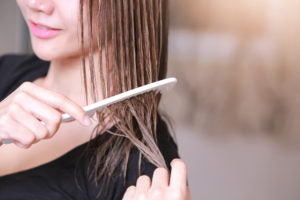
Try More Heat-Free Styling Techniques
Avoid heat altogether by trying heat-free styling techniques. We like foam curlers for tight ringlets and self-fastening hook-and-loop rollers for smooth waves. Updos and braids are also great styling options.
Use foam rollers to add curls without heat damage
If your hair has thin areas or sparse edges that are holding you back from trying an updo, Toppik Hair Building Fibers is the great solution! A spray or two of these styling fibers using our Spray Applicator perfecting tool will fill in sparse areas precisely and instantly make your hair look thicker.
How to Repair Heat-Damaged Hair
The sooner you notice that your hair is heat-damaged, the better your chances will be of repairing it. Signs of heat-damaged hair include:
- Dull and dry hair
- Brittle hair with split ends
- Frizz and breakage
- Loss of curls, if your hair is naturally curly or textured
If you suspect that your hair is heat-damaged, it’s time to put down the curling iron and begin the repair process below.
Follow a Cleansing Regimen for Damaged Hair
Use a restorative shampoo and conditioner designed to cleanse and nourish your hair. Look for products that are sulfate-free, as sulfates can dry out the hair and make it more prone to breakage and damage. We recommend Viviscal Thickening Shampoo and Viviscal Strengthening Conditioner, which nourish hair from the outside in.
Avoid Hair Dye
If your hair is heat-damaged, consider skipping the dye and chemical treatments. Hair dyes, especially bleaches, can cause further stress to your already damaged hair. If you must color your hair, ask your hairstylist about gentler options like ammonia-free dyes or semi-permanent formulas. While lightening your hair is most likely out of the question if you have damaged strands, your hairstylist can help you find a color that works for you without causing further destruction to your hair.
Use a Leave-In Conditioner
Leave-in conditioners are a great way to add extra moisture to damaged, dry hair. Make your own leave-in conditioner by combining 1 cup of distilled water with 3 tablespoons of conditioner in a spray bottle, then shake well. Spray your DIY leave-in conditioner onto wet hair to lock in hydration and make detangling easier.
Get a Haircut
If none of these methods make your hair look better, it’s time to get a haircut. Sometimes damaged hair is too far gone to be saved. Get regular trims to remove damaged split ends, which will give hair back its bounce and actually make it look fuller. To maximize healthy hair growth† and strengthen strands for thicker, fuller hair, try Viviscal™ hair growth supplements.*
Regular haircuts remove damaged split ends and keep hair looking voluminous and healthy.
Unfortunately, heat-damaged hair can happen very quickly, and repairing that heat damage can take a long time. That’s why it’s so important to avoid heat damage in the first place! Treat your hair to a little extra TLC and it will reward you by maintaining its healthy look. This post was originally published on May 29, 2018. It has been updated with new information and links.
†Existing hair growth
| *These statements have not been evaluated by the Food and Drug Administration. This product is not intended to diagnose, treat, cure or prevent any disease. |

